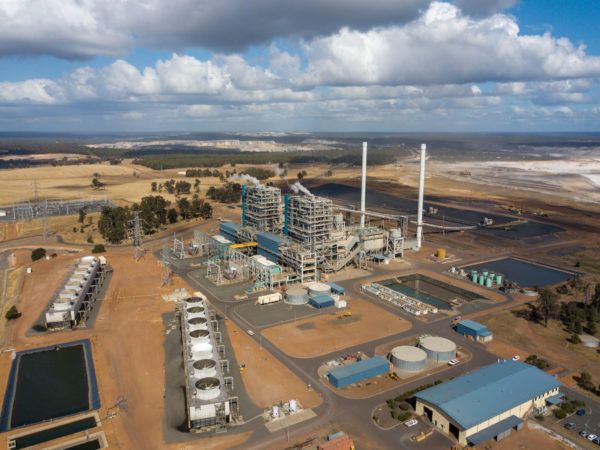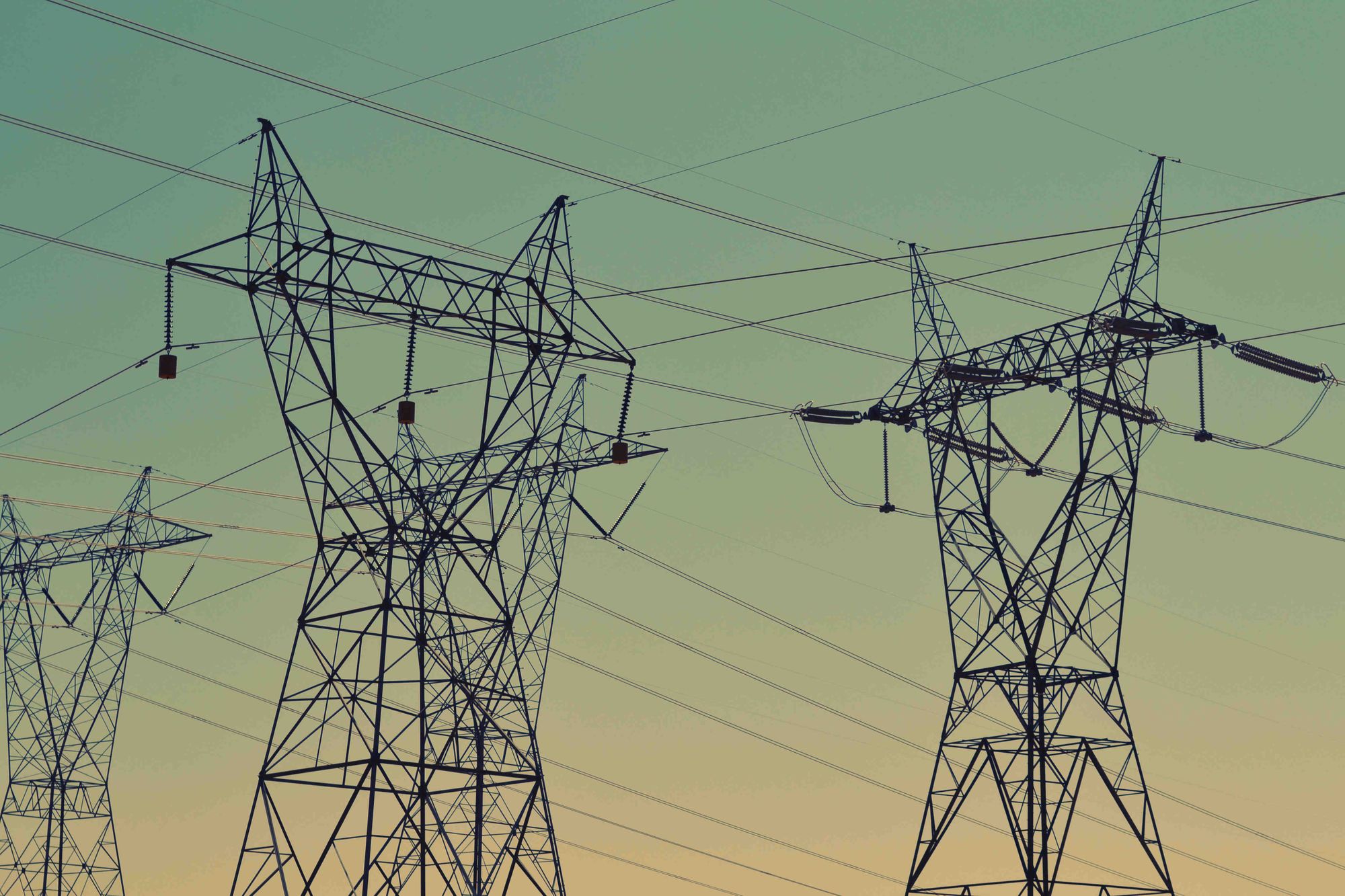🗡️ Who murdered the Murujuga rock art science?
Special Cluedo™️ edition 🔍 Was it Mr Cook or Prof Smith?
WA energy policy in Labor's second term may have to tackle tough issues avoided so far, including tariffs, Collie's future, the role of gas, and a path to net-zero by 2050.

Concern that unconstrained power from rooftop solar could destabilise the South West power grid led Energy Minister Bill Johnston to launch an energy transformation strategy for the South West of WA in March 2019.
A taskforce produced a roadmap for integrating so-called distributed energy resources like rooftop solar and batteries, revamped rules for the electricity market and grid, and a 20-year Whole of System Plan.
From July 1, responsibility passed to Coordinator of Energy Kate Ryan and her team at Energy Policy WA, and the challenge will be to implement policy faster than technology supersedes it.
Ryan and Minister for Energy Bill Johnston explained to the industry what is coming next at a forum on Wednesday.
One constant is the growth of rooftop solar generation that, not slowed by COVID, adds one megawatt of capacity a day to the South West Interconnected System.
Ryan said at times, 80 per cent of power in the SWIS has come from renewable energy leading to increasing problems of low demand for the large generators, particularly in spring and autumn when solar output is still high but the need for heating or cooling is low.
In March 2019, as Johnston launched the energy reform process, The Australian Energy Market Operator warned that the power system could begin to become unstable between 2022 and 2024 unless there were significant changes.
On January 10, 2020, 95,000 customers had a taste of instability when NewGen's combined-cycle gas power plant in Kwinana tripped and kicked off a chain of events that saw 12 units across the system trip within 4 minutes. The system was not fully operational for four hours.
In response, the Government tightened the enforcement of performance standards for generators paid to be available as required as part of WA's capacity market.
Johnston said the generators had been paid enormous amounts of money since 2005.
"It's not acceptable for the Government for us to pay the capacity payments and then not have the generators perform when required," Johnston said.
Symphony silently waits for Canberra cash
A future high renewables grid needs every component in front of and behind the meter to work together to balance fluctuating supply and demand.
Johnston announced a trial run – dubbed Project Symphony - in March: the batteries, solar panels and large appliances like air conditioners and electric hot water systems of 500 homes and businesses in Southern River will be coordinated into a virtual power plant.
Unfortunately, little has happened since. The State Government has committed $27 million to the $35 million budget for the Synergy and Western Power effort, but Federal funds for the remained are yet to arrive.
Johnston said a detailed announcement would come soon on a project Ryan dubbed as critical to the energy transformation.
Flat tariff questioned
Apart from keeping the lights on, nothing is as politically crucial in energy policy as the 29c/kWhr A1 tariff set by the Government and charged by Synergy to householders.
"I try and be a Minister that's got a bit of bravery, but I'm nervous to say that there will be further reform," Johnston said.
The trouble is the amount charged does not reflect Synergy's costs. Nor, according to Ryan, is a flat tariff compatible with a future grid high in distributed energy resources that Project Symphony will test.
Synergy does have an optional Smart Home Plan that deters consumption charging 56c/kWhr during the evening peak but a low 15c/kWhr at night.
Ryan said moire tariffs would be trialled.
Johnston said he was not opposed to tariff reform as long as low-income earners were looked after.
"What the future holds - who knows - but I can guarantee you that if there is further bill reform, it'll be gentle, loosely coordinated, and it won't leave anybody behind," Johnston said.
Coal closures still on the agenda
One group concerned about being left behind isCollie's miners and power station workers.
Two units of Synergy's Muja power station's four generators will close in each of 2022 and 2024.
Further closures in Collie are part of any discussion about the future of the South West grid.

Ryan said the Government had to balance the need to lower emissions, keeping the power system secure and stable, and supporting affected workers.
"Government will continue to explore the right time for the transition out of other coal-fired power stations over time," Ryan said.
"The financial viability of some of these older thermal technologies is struggling as the power system transitions."
No cash for EVs
Car buyers waiting for Government help before splurging on a Tesla were left disappointed.
Johnston said Hyundai, Mercedes and BMW had all told him they would only be making electric cars in ten years.
"The government doesn't need to incentivise anybody to go electric because - guess what - you're going to be buying electric cars," Johnston said.
"It's a bit rich for these car companies to ask the taxpayers to pay for them not to reduce the price of their cars."
Johnston said the Government's role was to ready the network for "massive challenge" when 100,000 electric vehicles were connected to the grid.
An electric vehicle action plan would be released in a few months.
2023 plan to price carbon
The industry will next see the details of the Government's direction in late 2023, when the second Whole of System Plan is scheduled for release.
"It'd be lovely to do one quicker, but the sheer fact is they just take 18 months to two years to do," Ryan told Boiling Cold after the event.
"We need to engage with the sector on the assumptions, which we did very quickly last time, and we'd like to do better this time."
Ryan said green hydrogen projects on the fringes of the grid were now more likely and would feature in some scenarios.
The most controversial aspect of the Whole of System Plan was the absence of any carbon emissions targets or a carbon price in the modelling.

When the WoSP was launched in October 2020, Johnston said the exclusion of a carbon price was "a political question."
"If the Federal Government set a price on carbon, then it would be very easy to adjust the modelling," Johnston said at the time.
The WA Government's Climate Policy released in December required future Plans to include scenarios to achieve net-zero emissions by 2050.
Ryan told Boiling Cold the next Plan would effectively include a carbon price, explicitly or implied, but how it would be modelled was not yet determined.
"You have to value the difference between getting the low carbon outcome, and the high carbon outcome, and that translates into an indicative price," Ryan said.
The role of gas
Johnston kicked off the energy reform effort in March 2019, months after AEMO predicted WA gas supply would exceed gas demand for at least the next 10 years. However, three years later, in December 2020, AEMO was far less optimistic, and its base case expected the market to be well supplied only until 2026.
With Woodside's Browse LNG project on life support and its Scarborough project delayed, WA could no longer rely on a continual stream of new LNG projects to keep the State supplied with gas.
Ryan said her team would not model the WA gas market but needed to understand how it affected power generation.
"I don't know what the future trajectories for gas are," Ryan said.
"At some point, it will be swept up in the decarbonisation agenda, but how and where I think that remains to be seen."
Ryan said a review of gas price assumptions was definitely required for the new Whole of System Plan.
Correction: 5PM, 18 July 2021: One megawatt of solar capacity is added to the South West Interconnected System every day, not every week.
Main image: WA South West Interconnected System graphic. Source: Energy Policy WA, Whole of System Plan.
All the info and a bit of comment on WA energy and climate every Friday